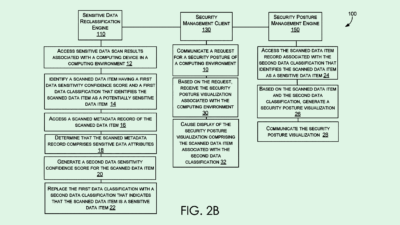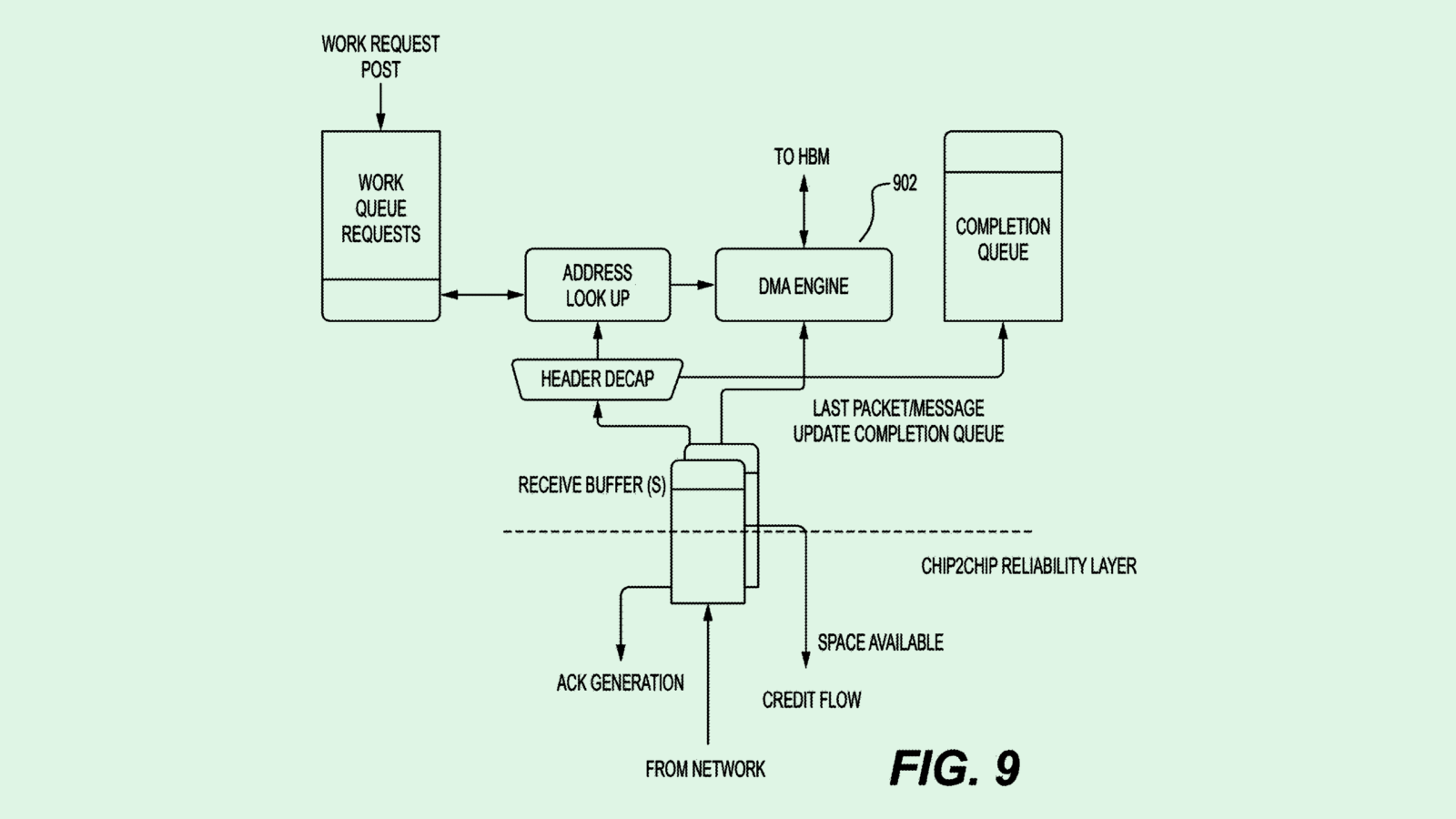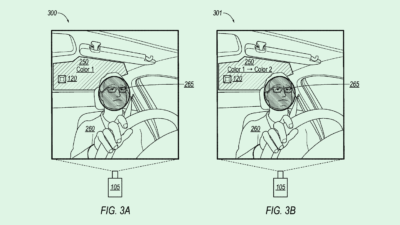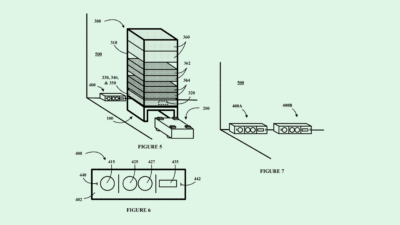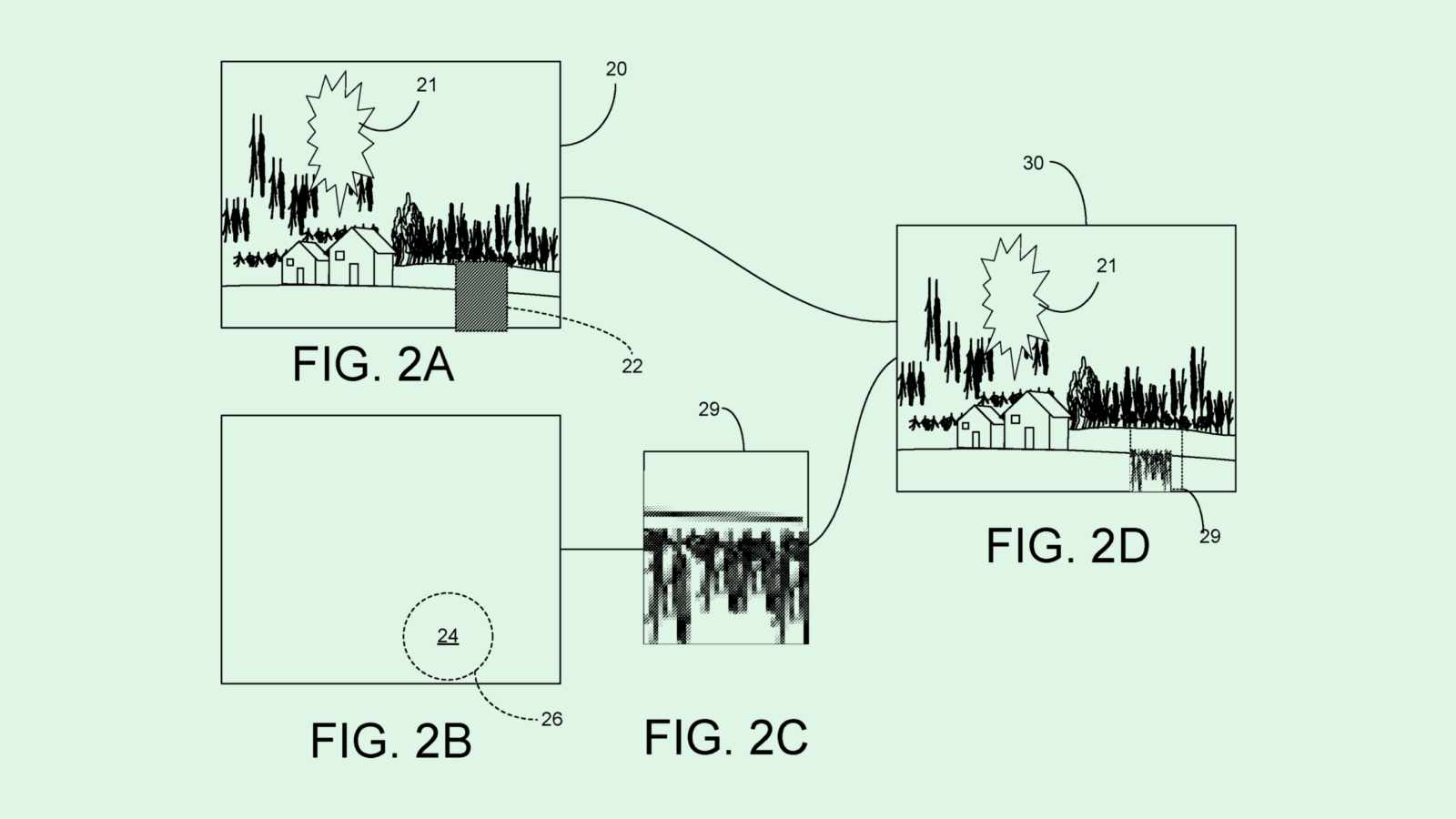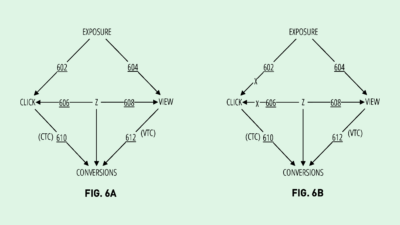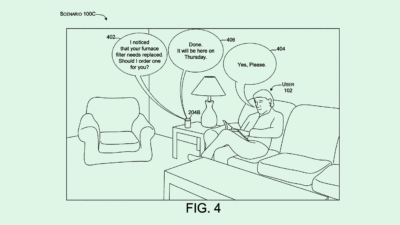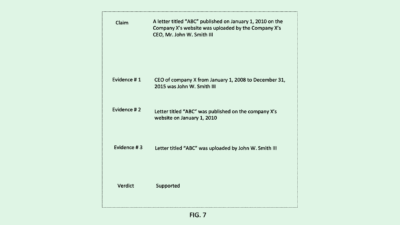Disney Introduces Smart Toys (plus more from Microsoft & PayPal)
feat. Disney’s Fitbit for kids, Chat bots that mirror their users & AR Commerce3 new patent summaries this week from Disney, Microsoft and PayPal
Sign up to uncover the latest in emerging technology.
feat. Disney’s Fitbit for kids, Chat bots that mirror their users & AR Commerce
Three new patent summaries this week from Disney, Microsoft and PayPal:
1) Disney – smart toys to encourage physical activity in kids

Disney is looking into using smart toys to encourage kids to perform wellness / fitness activities.
These toys will have certain “caretaking requirements” that the owners are encouraged to follow, for instance:
- Play Requirements where a toy needs to interact with people, objects or real world environments. For instance, imagine a toy needing to be thrown in the air a given number of times per day, in order to encourage the owner to exert a degree of physical energy.
- Temperature Requirements where the toy needs to be warmed or cooled. For example, the toy may require the kid to keep it cool by blowing air onto it and in turn encourage the owner to perform breathing exercises.
- Rest Requirements where a toy needs to be kept still or in silence for a period of time. For example, the toy could be used to encourage a child to sleep during the night, or get into bed at a certain time.
The toys may with various sensors to help track whether these requirements are being met or not. The patent filing mentions an image sensor, an orientation sensor, a location sensor, a pressure sensor, a temperature sensor, a light sensor, and an audio input sensor.
Moreover, the toys will have some way of delivering feedback to the kids, whether through audio, visuals or tactile.
Leveraging toys as a way to establish positive habits for a child’s fitness and wellbeing is ambitious but also familiar. We have obviously seen Fitbits and Apple Watches try to instigate positive behavioural change in adults. It makes a lot of sense that Disney would be thinking about how to achieve these outcomes in kids.
Parents themselves already try to use access to technology and toys as a way of influencing behaviour in their kids. How many times have we seen parents have to outsource child management to YouTube and then later struggle to assert boundaries?
Disney’s key innovation here could be codifying, embodying and enforcing a parent’s wishes for their children with the helping hand of a loveable Disney character.
2) Microsoft – chatbots that mirror users

Microsoft are working on conversational agents that mirror their users’ conversational style and / or facial expressions.
These conversational agents could take two forms:
- Voice Only: a disembodied agent whose linguistic style will begin to mirror the human they’re speaking with. This could include the rhythm of speech, the choice of words and the timing of responses.
- Embodied Agents: this is where the chatbot will have a face. In this instance, the bot will match the facial expressions and head movements of the user.
Why is this interesting?
In human-to-human interactions, we see humans unconsciously imitating each other. This is in the context of body movements or speech patterns. Mirroring in these conversations signal intimacy, trust and connection.
As our conversations move beyond humans to machines, there is a flatness to these emerging interactions. Having machines mirror us in our conversations may help lift these experiences and make them feel more human.
Remember Microsoft’s work with Xiaoice – a chatbot that was released in China and became a lot of users’ virtual girlfriend? We’ve already hit a point where humans can develop emotional connections with smart digital avatars that have a voice. Incorporating a mirroring component to these interactions will only take us further along the path of human-to-machine friendships and relationships.
3) PayPal – AR commerce transactions

So this isn’t an entirely new patent but is instead a refresh on a patent that hasn’t been touched since 2018.
Generally, PayPal are thinking about how AR devices (e.g. glasses or smartphones) could be used to surface contextual information and enable a potential transaction.
For example, imagine you’re at a bus stand wearing AR glasses and you see a bus stopping. Information on the bus could appear on your screen – destination, stops, and price of a ticket. Through PayPal, a transaction could then take place automatically if you decide to board the bus.
It makes sense why PayPal would be thinking about any new mediums for commerce.
The recent updates to the patent may be a signal that PayPal are thinking that the future is coming sooner rather than later. With Apple also releasing a new patent application for eye tracking technology in its Apple Glass, a new mainstream consumer technology platform could be on the way. And if you’re a big technology company, such major platform shifts represent both a threat and a huge opportunity.



